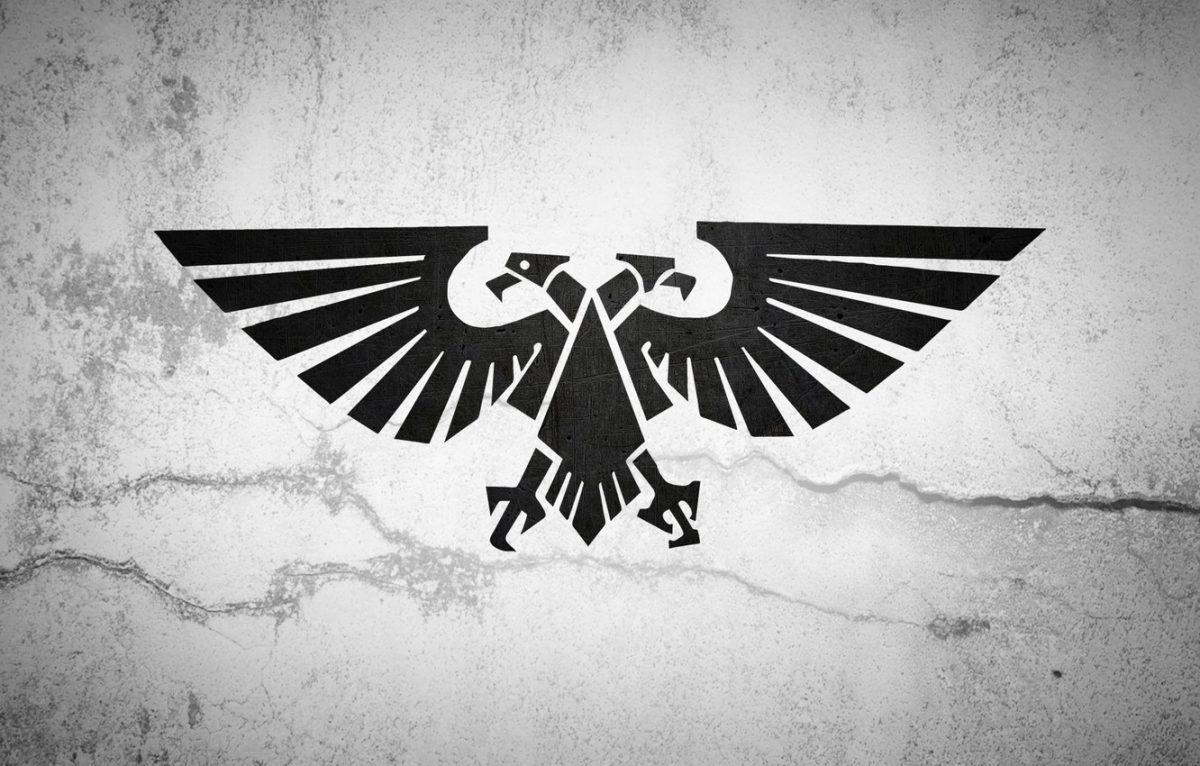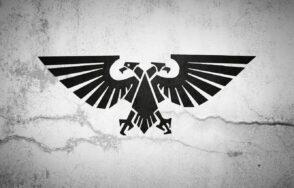
Aquila (Roman Eagle)

Originally Romans put some characters to the top of their standards. Besides the eagle, they used Wolf , horse , wild boar и a bull with a human head ... However, after the catastrophic defeat of Rome at the Battle of Arausio and the radical restructuring of the Roman army by Guy Marius in 104 BC. E. They abandoned these other symbols ( as they were called " signa manipulated " ), leaving only the "eagle".

Loss of a huge eagle the battle was considered extreme humiliation and the Romans did their best to get them back. One such incident occurred in 53 BC, when Crassus's Roman army was defeated by the Parthians in Battle of Carrhae ... The Romans were subjected to double humiliation: several banners of the legionaries were captured, and from Crassus, a greedy man by nature, molten gold flowed .
August finally regained standards by announcing his feat on the statue now in Vatican museums ... But while his propaganda described their recovery as a sort of military victory, he actually had to send his best general, Tiberius, to plead with the Parthians for their return.

And this was not the only attempt by Augustus to reclaim the lost banners of the eagle. After the crushing defeat of Rome to the Germanic tribes in Battle of the Teutoburg Forest in AD 9, Augustus and his successors hunted for decades and then lost their standards. The latter was only discovered during the reign of Claudius in 41 AD and was probably placed in the Temple of Mars the Avenger on August Forum .
The eagle continued to act as a symbol for the Roman army even after the arrival of Christianity as the official religion in the 4th century AD. arch of Constantine - the emperor who adopted Christianity as his imperial religion - presents such examples on his southern granary (the side you see in front of him from Colosseum or the colosseum Belvedere ).

Likewise, in the XNUMXth century, when the capital of the empire long ago moved from Rome in the west to Constantinople in the east, Emperor Isaac I Kommenos received two-headed eagle as a symbol : representing roman domination empire over East and West .
Leave a Reply